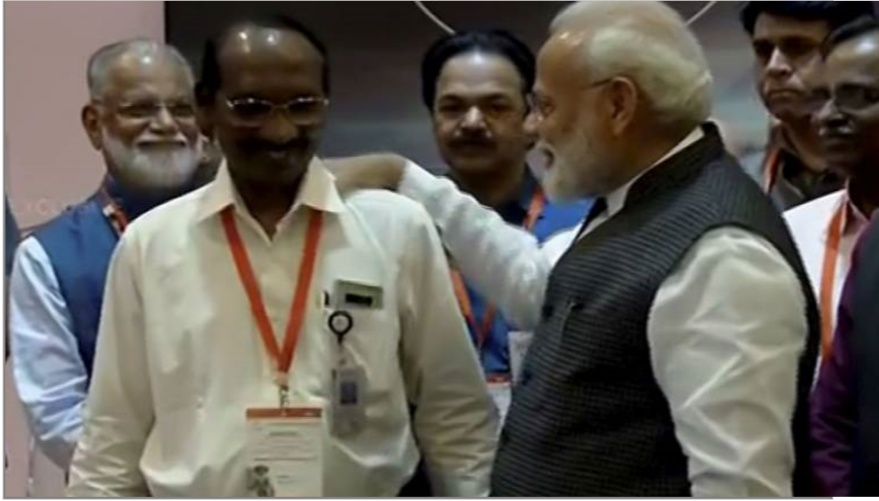Chandrayaan 2: The Sun has finally set on Vikram lander

Indian Space Research Organisation in a tweet last Friday said that the agency has set up a national committee of academicians and ISRO experts to analyse the cause of loss of communication with the lander.
The sun has finally set on Vikram lander as the 14 day window to establish connection with it ended on September 20.
The two-week period saw heavy scouting for the lander from the Indian Space Research Organisation (ISRO). From the early morning of September 7, when the lander failed to soft land, till last Friday, the space agency had been trying to establish connection with the lander with little to no success.
“We know it is highly unlikely to connect with the lander. There are way too many conditions, but we will continue to try till September 20, the last window to establish contact,” said an ISRO scientist, who was a part of the tracking team.
The space agency was hopeful to establish connection as Vikram was spotted a day after the hard landing.
However, ISRO’s cryptic tweet on Wednesday made it certain that it had given up on Vikram.
Indian Space Research Organisation in a tweet last Friday said that the agency has set up a national committee of academicians and ISRO experts to analyse the cause of loss of communication with the lander.
Though results of the analysis are awaited, informed guesses have been made as to what could have happened.
The most reasonable one, at this juncture, seems to be the speed of the lander. Nonetheless, the exact landing speed of Vikram is still unknown. Experts say it could have certainly played a factor.
A report stated that changes in mission profile from the original plan could also have led to the failure. It includes change in the satellite carrier from GSLV Mk II to GSLV Mk III. Also the lander had five engines and was programmed to soft land.
The article states that originally the lander was supposed to drop down slowly after its four throttle engines were switched off.
Apparently fifth engine was introduced later and hence there was a software change. “How well it was tested, it is not known,” the article quoted a former ISRO scientist.
Similar to all failures, the Vikram landing too raised question over the point of such expensive missions, especially at a time when the economy is in such a dire state.
The cost of mission was reported to be Rs 1000 crore, which could have been used for other welfare schemes, critics argued.
The next ISRO mission – Gaganyaan – is touted to cost Rs 10,000 crore, which could be a feather in the cap of the space agency but will be expensive nonetheless.
But is that the right way to think about it? It sure is a tough question to answer.
For the optimist, investment in science and technology ensures that we are future-ready, even though the benefits are not usually visible in short term.
For instance, without such investments the US and China will not be where they are right now. This would automatically mean that failures are part and parcel of such experiments.
Chandrayaan 2 was one too.
What are we getting from the failure? Mastering technologies that will put us on par with developed nations and even build cost effective technologies that other countries can emulate. There goes your business aspect of the space tech.
There is another important aspect. In an earlier conversation with Moneycontrol, M Annadurai, an ISRO scientist and project director of Chandrayaan-1 pointed out these missions are necessary to stop the brain drain from India.
Before such missions were conceptualised, ISRO’s attrition rate was at an all time high and bright scientists were moving into IT and overseas in search of tougher challenges. For a vacancy of 200, applications were in thousands.
That all changed when Chandrayaan-1 came into picture. “After that attrition was almost nil,” Annadurai said. There are at least one lakh applications for the same 200 vacancies now.
To retain the brightest of minds, the agency needs to create aspirational value. For that you need to build such mission that would interest and challenge the brightest minds in the country.
For, it is these brightest of minds that is the need of the hour for India, which is aiming for $5 trillion in the coming years.




